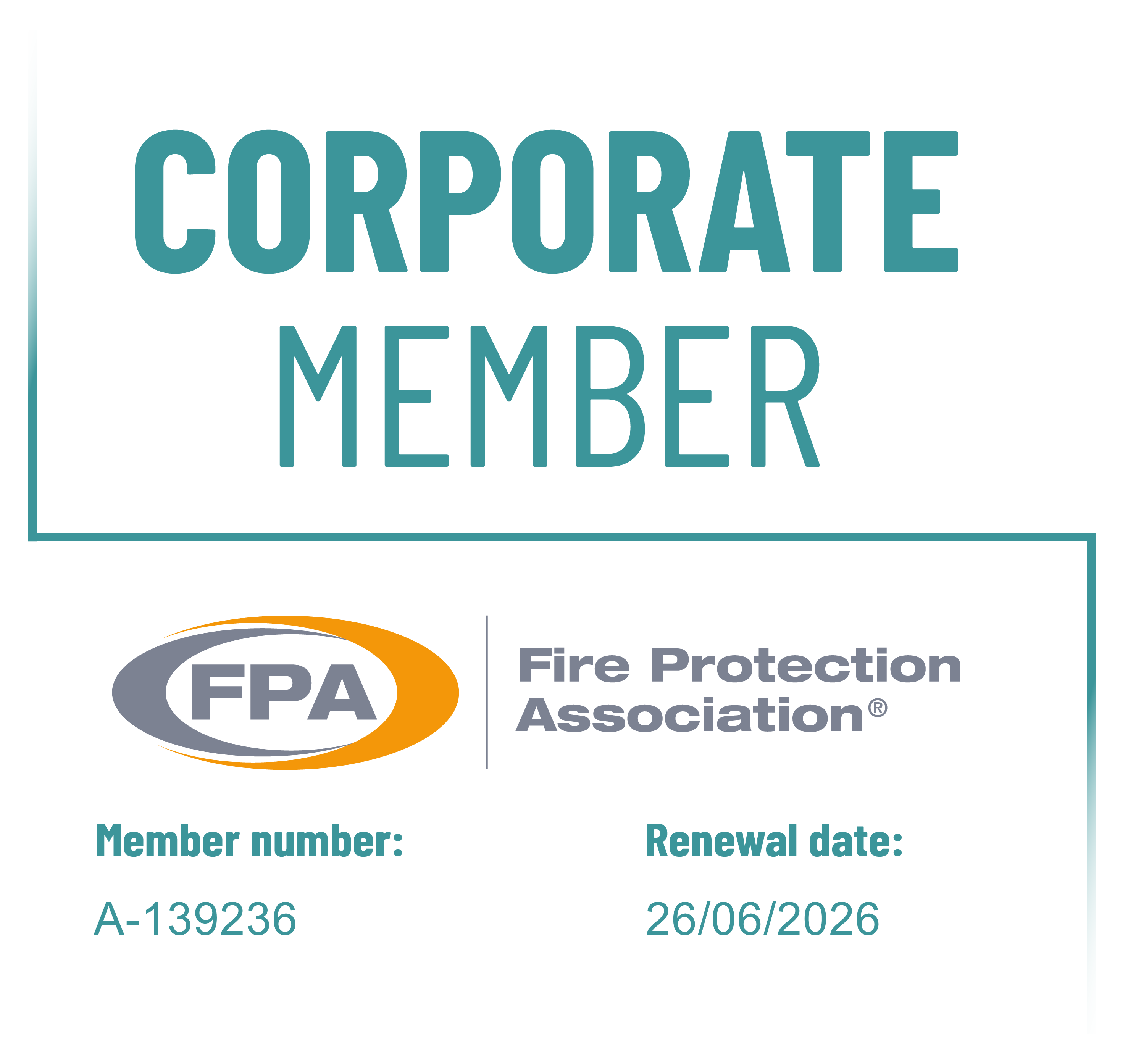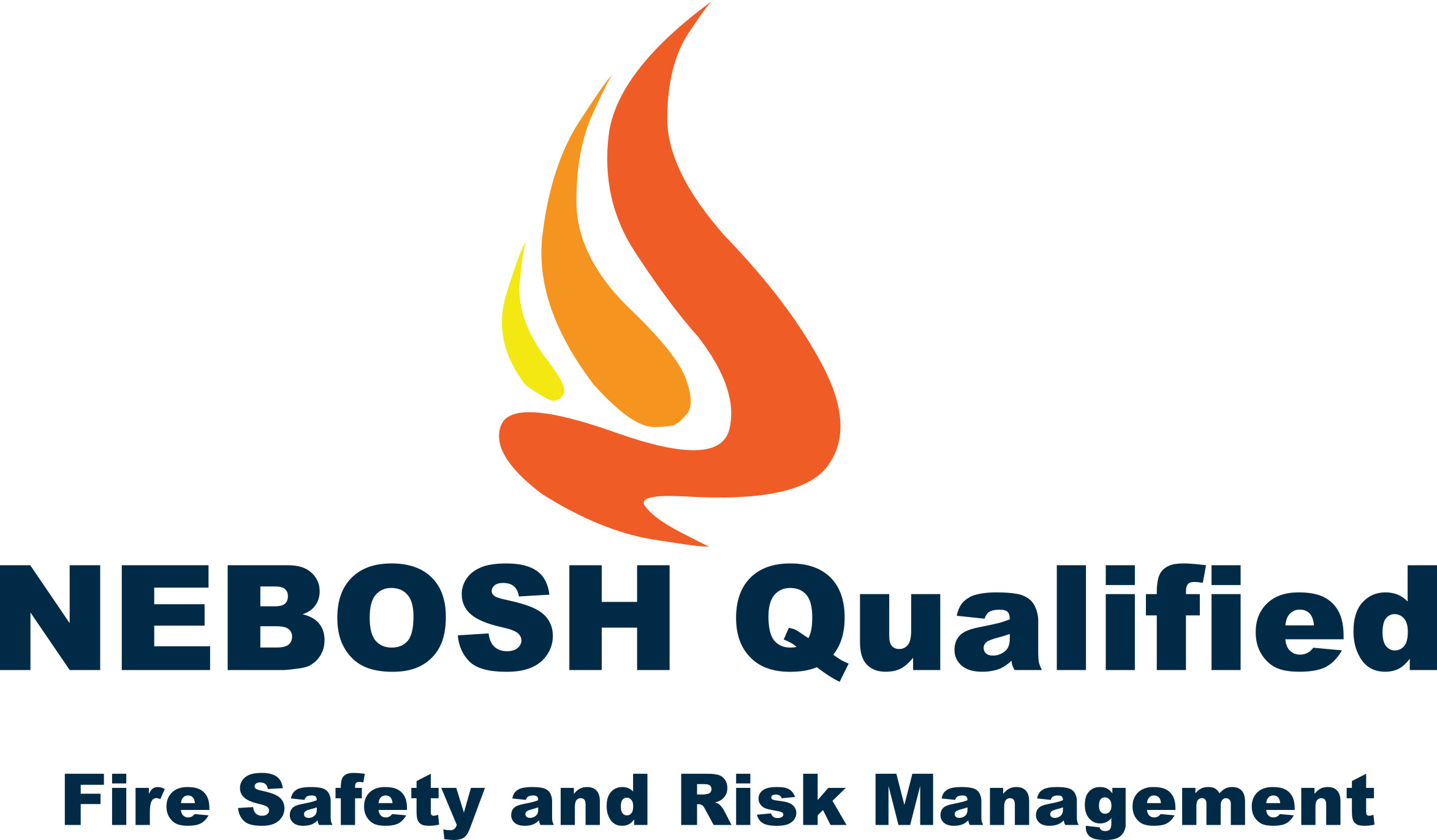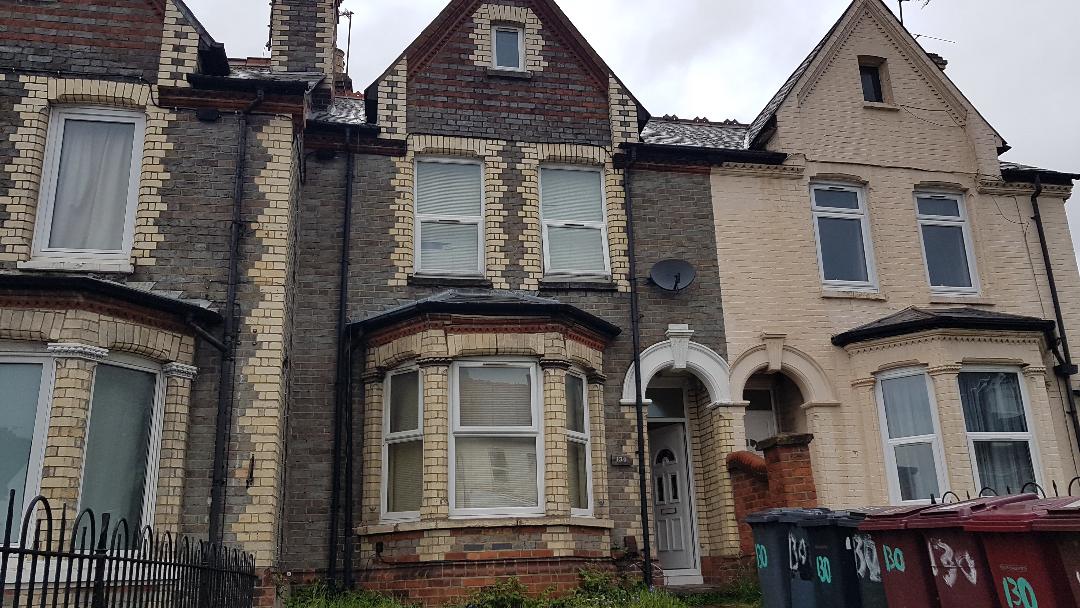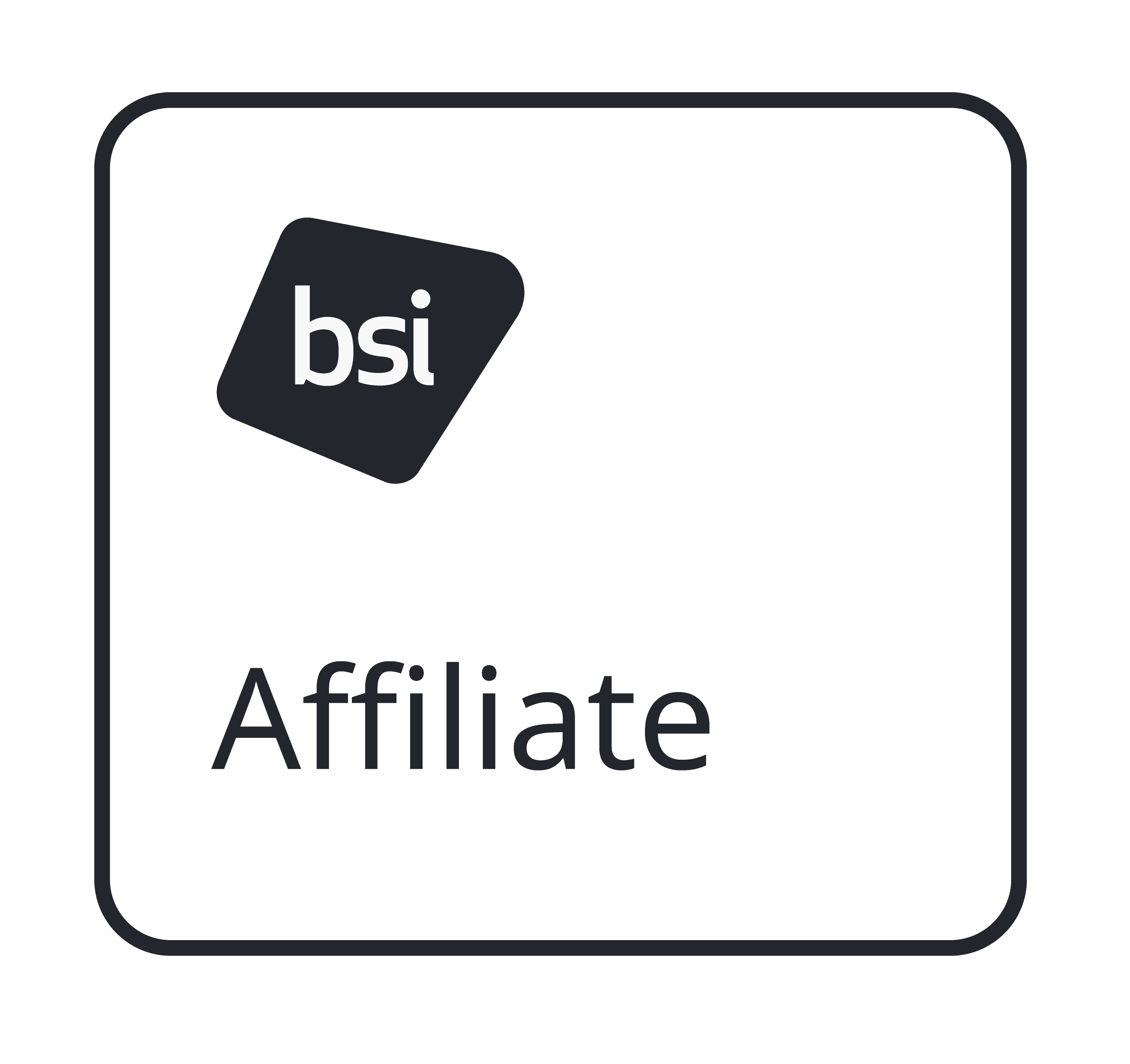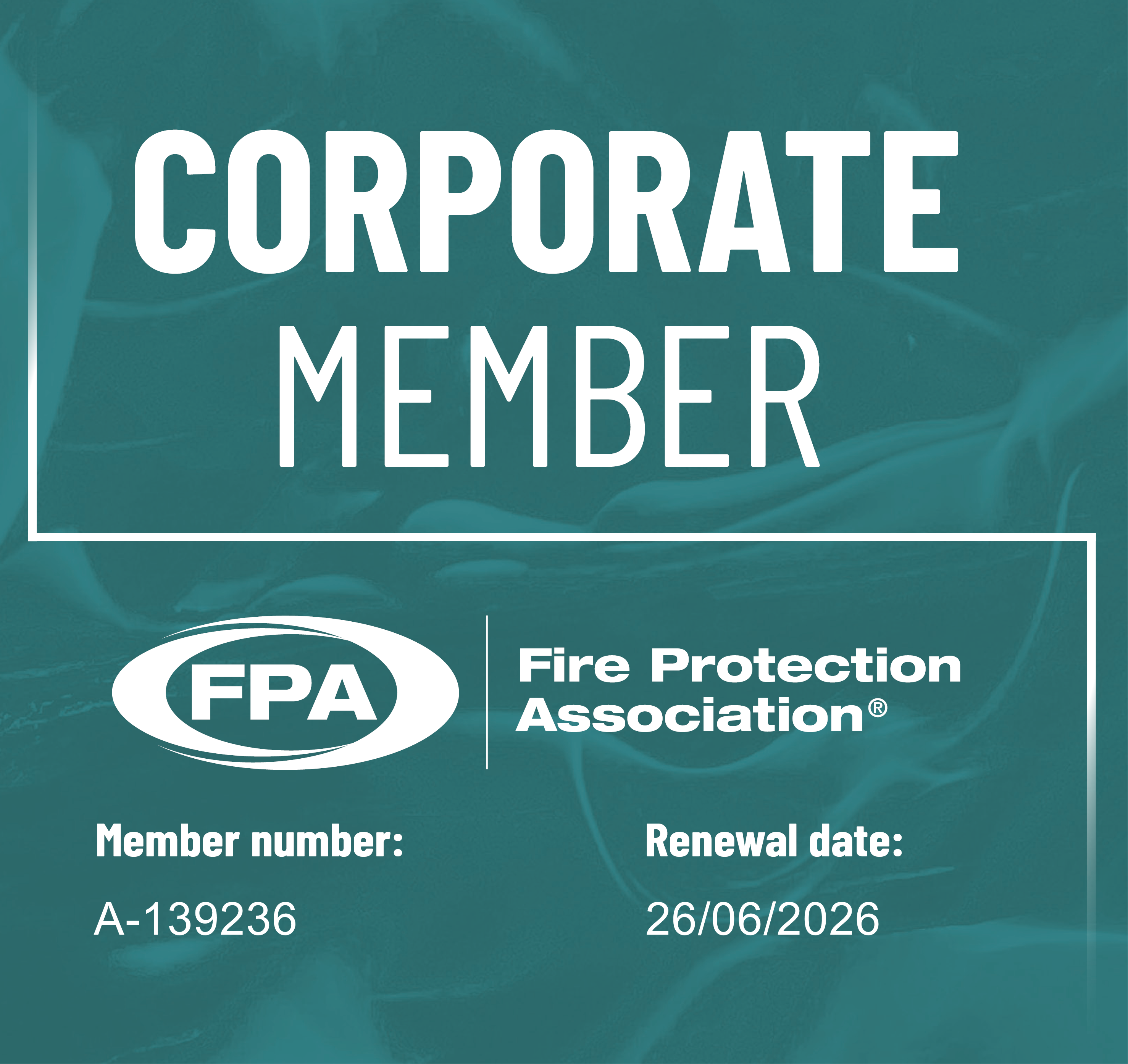
Ensure Compliance with the Fire Regulations
Online Quotation
Located Solihull, Birmingham Area.
Main areas covered include - Coventry, Stoke, Nottingham, Leicester, Stafford, Shrewsbury, Telford, Milton Keynes, Oxford, Luton, Uxbridge, Hemel Hempstead, Banbury. Gloucester, Wolverhampton, Worcester, Northampton, Derby, Hereford
See Genuine Valid Google Customer Reviews Below
Disabled Evacuation Procedures
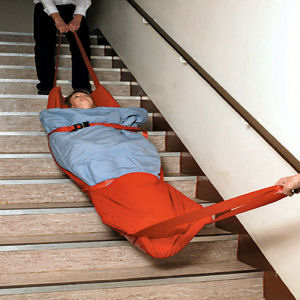
Disabled Evacuation -The Disability Discrimination Act 1995 (DDA) underpins the current fire safety legislation in England and Wales – the Regulatory Reform (Fire Safety) Order 2005 – by requiring that employers or organisations providing services to the public take responsibility for ensuring that all people, including disabled people, can leave the building they control safely in the event of a fire.
Where an employer or a service provider does not make provision for the safe disabled evacuation of people from its premises, this may be viewed as discrimination. It may also constitute a failure to comply with the requirements of the fire safety legislation mentioned above. Public bodies have an additional duty, called the Disability Equality Duty (DED), which from December 2006 requires them to proactively promote the equality of disabled people. This will require them to do even more to ensure that disabled people do not face discrimination by not being provided with a safe disabled evacuation plan from a building.
Disabled Evacuation - Management Practice
The DDA requires organisations to review their policies, practices and people, and to take steps to overcome any physical barriers that make it impossible or unreasonably difficult for a disabled person to use a service.Operational procedures, for example those that require all visitors to park away from a building, have had to be amended to allow disabled people to park close to the main entrance. Equally, the practice of locking the side swing door adjacent to a revolving door is likely to be unlawful under this part of the Act. Such an act may also constitute an offence under current fire safety legislation. These are examples of how the DDA changed how companies manage public access procedures.
It should also be remembered that what a disabled person is prepared to do in exceptional circumstances may differ significantly from what they can reasonably manage in their everyday activities. Disabled evacuation plans should be prepared with the view that what is required is for ‘the real thing’. The level of effort required of a disabled person may not be acceptable for a practice or false alarm or in everyday activities. The disabled evacuation plan in place should take account of this and allow for simulation in the case of fire drills or other emergency evacuation practices. Good housekeeping standards and management procedures will reduce the incidence of false alarms.
Reducing Unnecessary Escapes.
Some disabled people are put at a great risk when carry-down procedures of any kind are used. It is therefore necessary for the disabled evacuation policy to include a method of reducing or removing the need to escape for a false alarm. It is likely that many more disabled people will be willing to facilitate their own escape when they know that this is not going to be required of them during a practice or for a false alarm.Good communication with disabled people about the fire or emergency and disabled evacuation process is vital to ensure its success and to reduce the need for emergency escapes except in exceptional circumstances.
Standard plans for occasional visitors.
This guidance provides advice on a wide range of options for ensuring a safe disabled evacuation plan for disabled people. These options contain some standard elements,but these can of course be adapted to suit particular organisations. In order to provide suitable means of escape for visitors, a set of standard escape options should be adopted by the organisation.A standard disabled evacuation plan is used where there are visitors or casual users of the building who may be present infrequently or on only one occasion. The provision of standard PEEPs takes account of the following:
• the disabled person’s movements within the building;
• the operational procedures within the building;
• the types of escape that can be made available;
• the building systems, e.g. the fire alarm; and
• the existing egress plan.
Standard disabled evacuation plans are written procedures that can be used as options for disabled people to choose from. They are held at the reception points within the building and are advertised and offered to people as part of the entry/reception procedures.This is an extension of the process of signing into a building and being given a visitor badge with the escape procedures on the back of it. A disabled person requiring assisted escape is offered options for their assistance and is given suitable instructions.
It is understood by most people that when a fire alarm is activated they must all leave the building by the nearest exit, as quickly as possible, and reach a place of ultimate safety. The management of the building is required to keep escape routes clear and free from obstruction and to ensure that exits are readily available for use on quick-release devices which also offer protection from unwanted or illegal entry. However, everyone using a building for whatever purpose should also take some responsibility for their own safety wherever possible.This responsibility also applies to disabled people, therefore disabled people can be expected to identify themselves when they are informed of the availability of a choice of disabled evacuation plans and co-operate by giving any information necessary for the safe execution of the plan.
Unknown or uncontrolled visitors.
Where there are people within the building who do not pass a reception point or are not controlled, such as in a shopping centre, library or theatre,it is more difficult to gather information prior to the need to escape. In these instances a system of standard PEEPs should also be implemented and advertised.Training for staff is vital in this case as they will have to provide assistance and advice to disabled users of the building as the incident develops. The plans to enable them to leave safely in the event of an incident will require pre-planning. Staff will need to understand all the options within the matrix (contained in Appendix 1) and be able to communicate these effectively to disabled people at the time of escape. In order to do this, they should receive disability escape etiquette training.
In large, multi-occupancy buildings, it will be essential for each organisation to ensure that suitable training is provided to all their staff. Such a training requirement should form part of their fire safety risk assessment.
Small Buildings
In larger buildings, the building systems and options are likely to provide more options than in smaller buildings. However, in smaller buildings there will be fewer people and greater opportunity to communicate. A standard set of plans should be developed in the same way as for a larger building.
Personal Emergency Evacuation Plans - PEEPS
In any organisation, it is the responsibility of the 'responsible person' to plan for the evacuation of disabled people using their premises. A Personal Emergency Evacuation Plan (PEEP) is a tailor made escape plan for individuals who may not be able to reach an ultimate place of safety unaided in the event of an emergency.
*Mobility impairments
*Sight impairments
*Hearing impairments
*Cognitive impairments
Temporary PEEP's may be required for:
*Short term injuries (i.e. broken leg)
*Temporary medical conditions
*Those in the later stages of pregnancy
Emergency Refuges
Refuges, often located in stairwells, are intended as an area to protect evacuees for sufficient time as to enable staff to assist wheelchair users or other mobility-impaired people to safety. These areas should be clearly marked and be at least 900mm x 1400mm in size.
There should be a two-way communications system between the refuge and another area – such as the building reception, if constantly manned, or an outside monitoring service – that can be answered at all times. If necessary, the refuge should contain written safety instructions and a description of the refuge location so that anyone using it can pass on details of their location to the person receiving the call.
A refuge is merely the first stage in the disabled evacuation procedure for disabled person, further plans and procedures should be in place to ensure that persons are able to be evacuated from the refuge under safe and controlled conditions.
Suitable evacuation aids should be easily identifiable, accessible and ready for immediate use. Such aids will often be found in these refuge areas.
Emergency Disabled Evacuation Aids
Evacuation chairs
Evacuation chairs make moving people downstairs, and in some cases upstairs, relatively easy. They come in different shapes and sizes with different functions and capabilities. Using an evacuation chair minimises the risk of manual handling and associated injuries, which could occur if the person were to be physically carried out of the building.
Mattress sheets and slip mats
Evacuation mats and sheets offer a simpler alternative to chairs. These can be used for people with mobility impairment and people who are bed bound. Evacuation mats or pads, look like a thin mattress with buckles which the person being evacuated is securely strapped to whilst moved to safety. Evacuation sheets, mainly used in hospitals and care homes, are permanently attached to the underside of the mattress and allow the user to be evacuated securely on the mattress. Both Evacuation mats and sheets can be used through corridor as well as on stairs. It is essential to check the size of the doors and corridors on the escape route to make sure the mat or sheet will fit through.
Bariatric equipment
Specialist bariatric evacuation mats work in the same way as a standard evacuation mat. They securely hold the individual in place and allow for multiple rescuers to safely evacuate them along corridors and down stairs. Emergency evacuation slings are devices for moving disabled or bariatric individuals in situations where it is not possible to use an electric hoist.
N.B Evacuation devices such as chairs or mattresses may not be ideal for everyone. Some users, for example, those with brittle bones or who require on-board life support systems may require additional equipment or further assistance. A risk assessment should be carried out in such cases to evaluate the individual's needs.
Training
Although many of the evacuation aids are simple to use none of them should be used without appropriate training. Using these devices incorrectly could lead to injuries to the evacuee or people carrying out the evacuation.
Further information - Government Publication Means of Escape for Disabled People.
